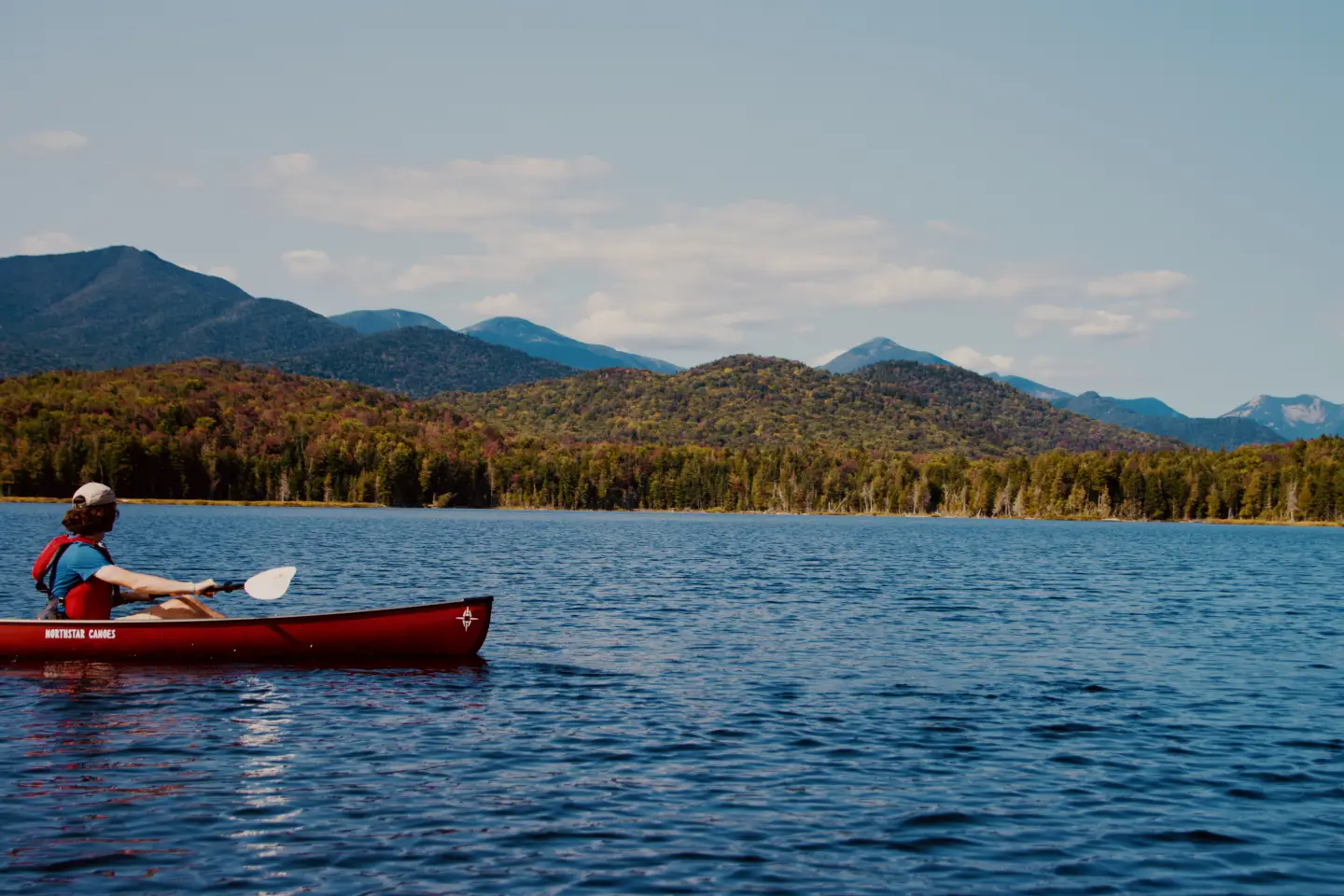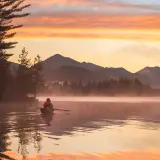Outdoor activities you can do at Boreas Ponds
When the state purchased the Boreas Ponds Tract a few years back, it kicked off an interesting parallel of rewilding and development. With thousands of acres being transferred to the state’s public lands – nearly 10,000 acres designated as wilderness – logging roads, landings, and thinned-out forests began the process of returning back to what they once looked like hundreds of years ago. At the same time, the newly designated lands gave the state an opportunity to improve access to one of the wildest, and important, spaces in the Park. After a few years, and hiccups associated with large storm events washing out infrastructure, the access road and associated amenities have reached a point where people can now have unprecedented access to within 0.1 miles of Boreas Ponds.
Here are some of the activities you can do in the Boreas Ponds Tract. As of 2023, several improvements are ongoing.
Navigating the access roads
Your main means of travel within the Tract is the Gulf Brook Road. This is a seasonally-open road, which means that during the winter months, and parts of the shoulder season, the first gate is closed. The NYSDEC provides updates on the status of the road, and checking out their reports is a must before you set off on an adventure. Gulf Brook Road runs for roughly 6 miles to a spot known as Four Corners. A left here takes you onto Boreas Road (vehicles permitted), and a right takes you on foot to the last parking area, which is handicapped access only via vehicle.
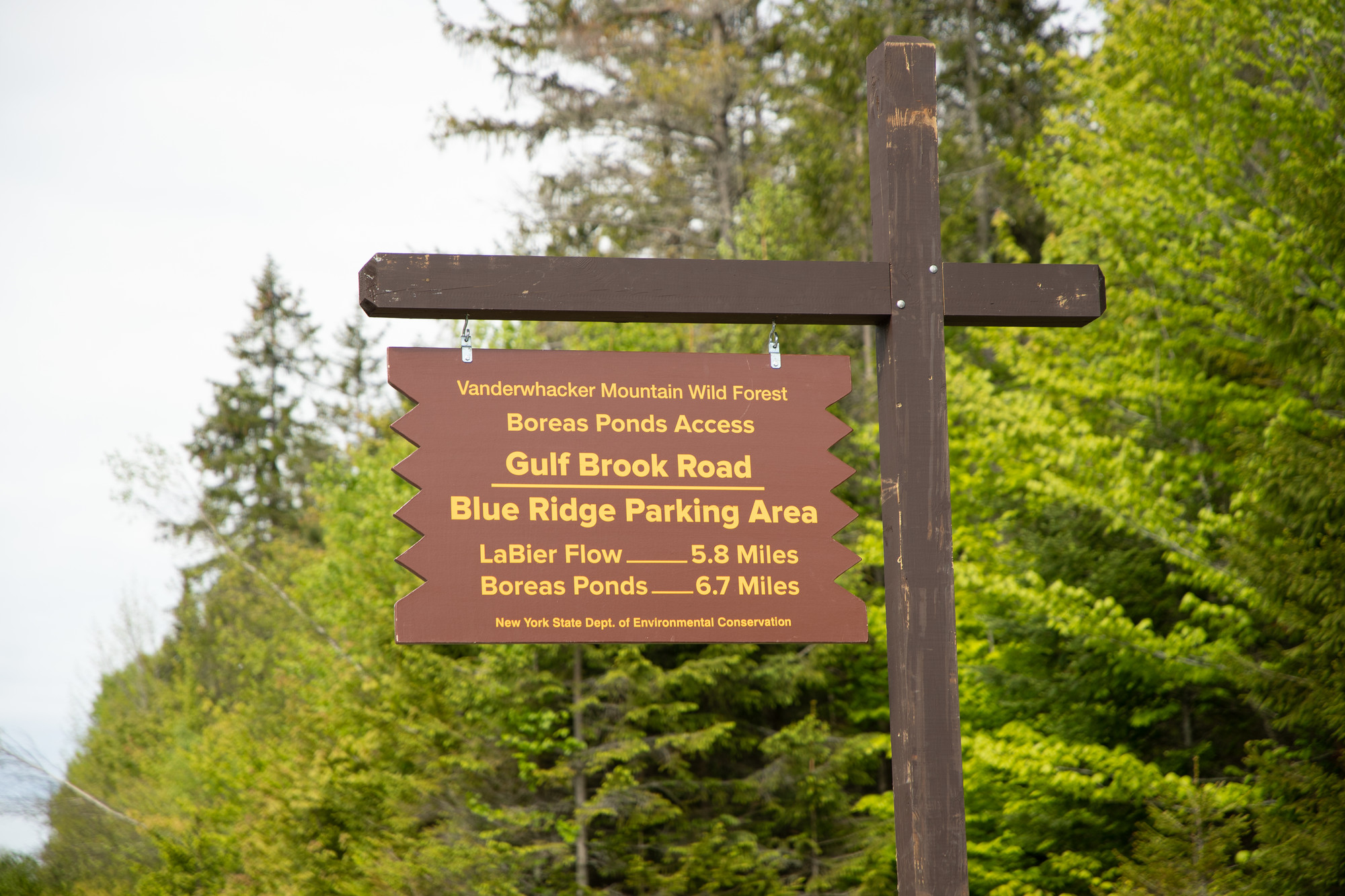
Paddling
Paddling is the premier activity here, with the exploration of the many coves, islands, and interesting inlets easily occupying an entire day. There aren’t many places in the park where you have a close, unimpeded view of the High Peaks from the water, and you’ll likely find yourself staring in awe at the slabs of Gothics or Marcy rising above the rest. A good tip is to explore the outlet of Marcy Swamp at the very northern end of the ponds. To get to these views, you have a couple of options. You can put in at the first LaBier Flow water access site (parking at Four Corners 500 feet away), and paddle 0.5 miles to a 0.5 mile carry. The other option, and the most popular, is to do the 0.75-mile carry between the Four Corners parking area and Boreas Ponds.
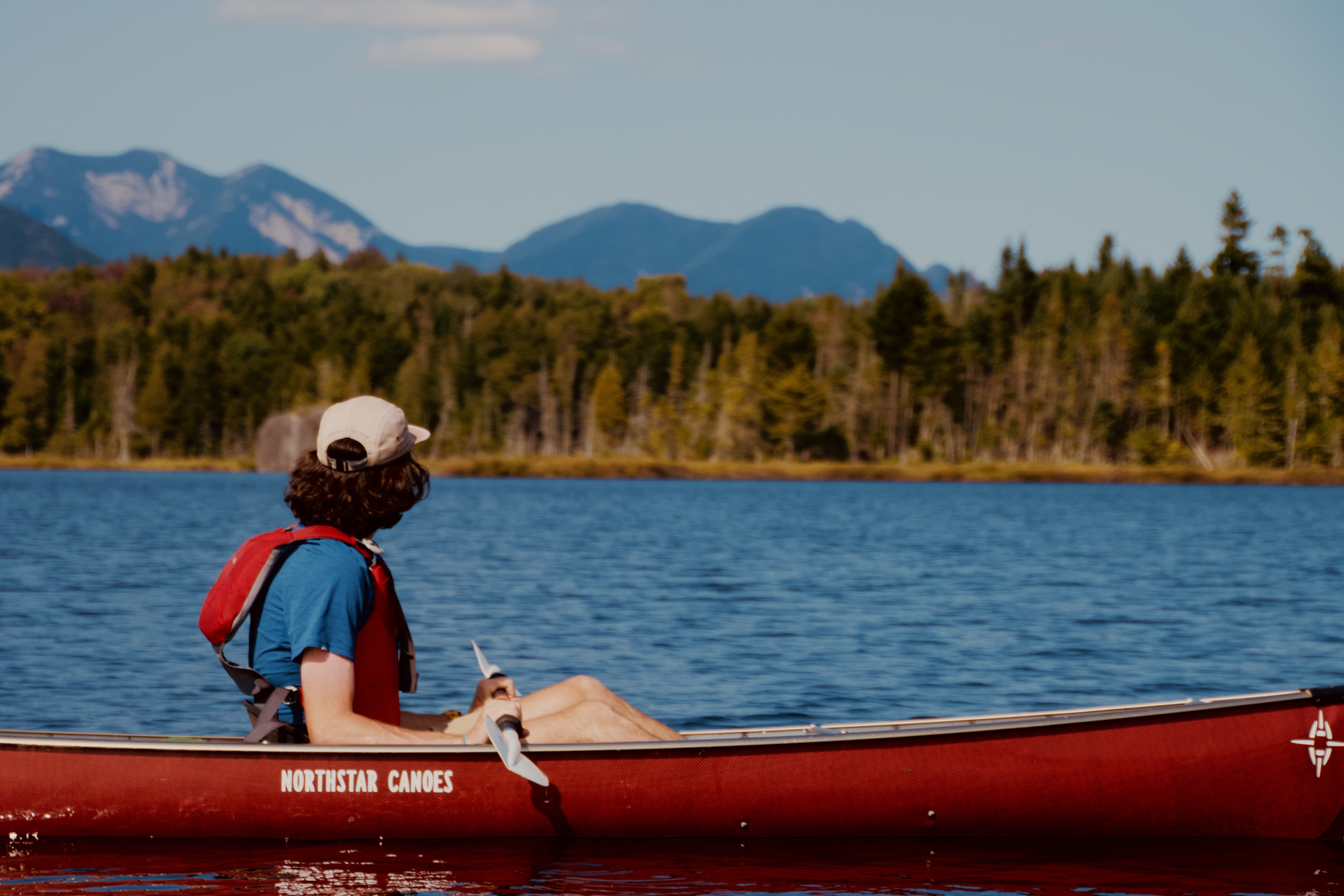
Fishing
Access for fishing is the same for paddling, including where to park. Motorized access, as well as electric motors, are prohibited, and you’ll have to leave live bait at home for these ponds. The main character you’ll likely be casting for is the brook trout. Because of Boreas Ponds’ natural history as originally being 3 distinct lakes, now made essentially one by a dam, much of the water depth is 10 feet or below. During the warm months, this doesn’t mean great habitat for brookies. However, the “first pond” area has a depth of up to 40 feet, so focusing your efforts on the cold, deep water here can be a key to success.
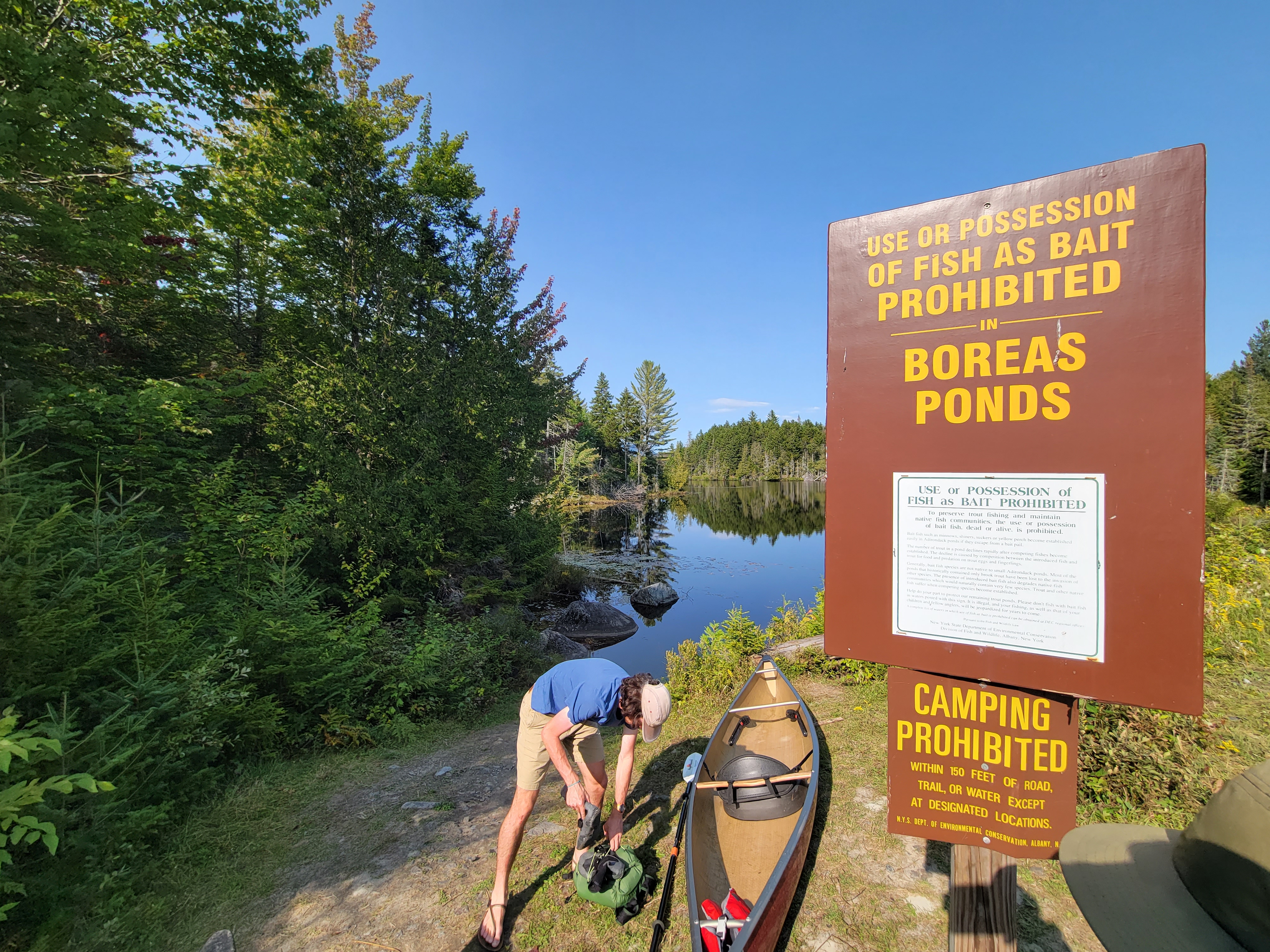
Camping
While no tent sites have been designated by the DEC (Sep. 2023), backcountry camping rules apply. There’s also the option of snagging a spot at the lean-to located on the site of an old lodge. You’ll have to hike a couple of miles from the Four Corners parking area, partially via an old access road. Several tent camping sites are also planned for along Gulf Brook Road, with a couple of sites on Boreas Pond. Keep up-to-date on the DEC page for the Boreas Ponds Tract for more information.
Hunting
Hunters can utilize all the access points above, and the lands of the Boreas Ponds Tract are all open to hunting. There's an extensive history of deer hunting here, with several camps and clubs historically being scattered around the tract. If you're interested in a remote hunting trip, grabbing a map and scouting areas around Moose Mountain and Casey Brook could yield success.
Gravel biking
While e-bikes aren’t allowed, you can bike the entire 6+ miles from Blue Ridge Road to the parking lot 500 feet from the dam. The trip can be shorter by utilizing one of the designated parking areas along Gulf Brook Road. As of 2023, this stretch was added to the Handlebarley, a gravel biking event taking place in the Adirondack Hub.
Horseback riding
Nearly 17 miles of equestrian trails can be ridden in the Boreas Ponds Tract, with some miles of access off Boreas Road towards White Lily Pond and beyond the dam. There’s a map available that shows some of the possible routes you can take. If you’re including Boreas Ponds as one of the few stops on your horseback riding adventure, then the Frontier Town campground, equestrian and day-use area is a few minutes away and acts as the perfect basecamp for branching out to other equestrian trails.
With so many activities in this area, making use of nearby campgrounds or lodging options can allow you to explore the Boreas Ponds Tract for multiple days if wilderness camping isn’t your cup of tea. There are also plenty of options for grabbing coffee, lunch, or a beer before or after a trip to Boreas. The closest options are the Newcomb Cafe for coffee, the Frontier Town Gateway to pick up something for the adventure, and post-hike brews and food at Paradox Brewery.
